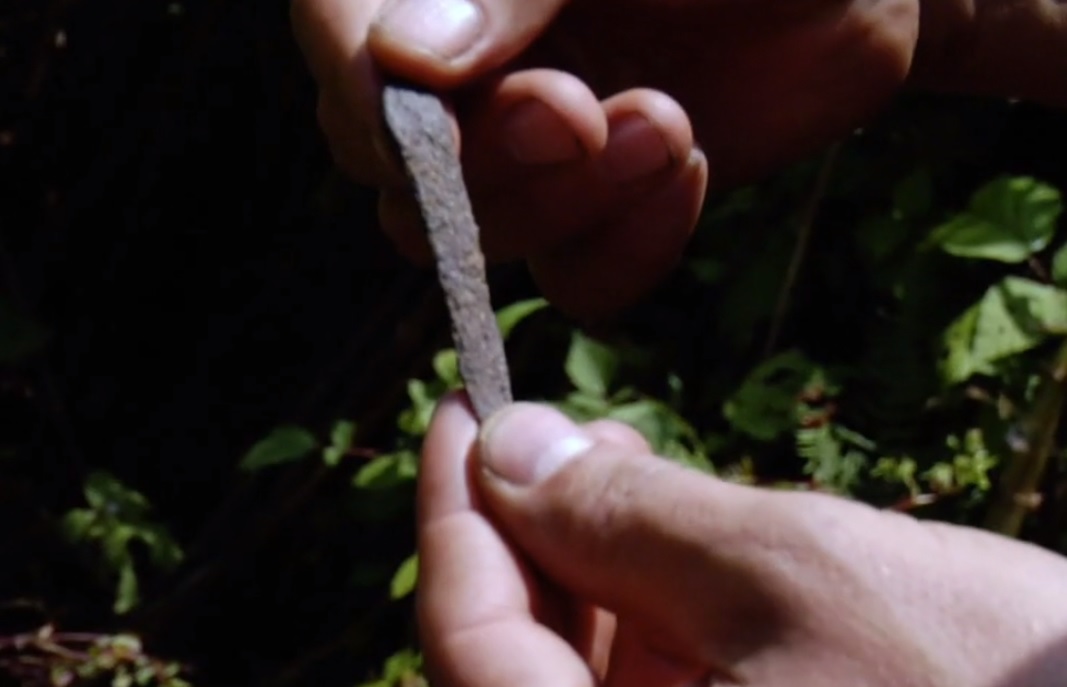As I embark upon the journey of writing about Malana and its infamous product called Malana Cream, I want to emphasize that this article does not endorse encouraging drug use.
However, understanding the origin of Malana Cream is essential to grasp why a considerable number of tourists are drawn to destinations like Malana and Kasol in Himachal Pradesh.
The Bollywood film "Udta Punjab," featuring Shahid Kapoor, Kareena Kapoor, Alia Bhatt, and Diljit Dosanjh has addressed the alarming prevalence of drug abuse. The associated criminal activities shed light on the dark underbelly of the drug trade. While cinema can influence public perceptions, this article aims to provide a factual exploration of Malana and drug tourism.
Malana, a village in Himachal Pradesh located 21 km from Kasol, has gained prominence in the drug tourism scene due to its production of high-quality hashish known as "Malana Cream."
Despite efforts by the local government to shift from cannabis cultivation to other crops, the village's economy remains heavily dependent on hashish production.
Various parts of the world, such as Amsterdam, Peru, Bolivia, Prague, Bangkok, Malana/Goa, and Colorado, have gained notoriety as drug tourism hotspots.
Each destination offers unique drug-related experiences, ranging from the easy availability of marijuana in Amsterdam to the psychedelic effects of Ayahuasca in Peru.

How about Drug Tourism in India?
India, with its rich cultural heritage and diverse traditions, has emerged as an increasingly popular destination for drug tourism. The country's historical use of natural drugs for medicinal purposes has evolved into the recreational consumption of substances.
Goa, in particular, became a focal point during the colonial period, contributing to the growing trend of drug tourism in India.
Himachal, Goa, Kodaikanal, and Idukki are among the Indian destinations recognized for drug tourism, attracting both domestic and international tourists seeking unique drug-related experiences.
Goa, known for its EDM festivals and full moon parties, unintentionally supports the growth of drug tourism.
Challenges and Socio-Cultural Impacts
While drug tourism brings economic benefits to local communities, it also presents various challenges and socio-cultural impacts. Issues such as drug abuse, both among tourists and locals, have resulted in health and social problems.
Governments and communities have implemented measures to control illegal drug consumption, but effective solutions require a cooperative, bottom-up approach.
India, in particular, needs to adopt comprehensive measures to address the multifaceted problems associated with drug tourism.
Peak Season and International Impact
Malana experiences a surge in drug tourism during the harvesting season, typically in September and October. During this time, international tourists, including a notable presence of individuals of Nigerian origin engaged in drug peddling, flock to Himachal Pradesh.
The international recognition gained by Malana Cream, especially after being declared one of the best hashish smokes at the Cannabis Cup in Amsterdam in 1995, has further intensified the village's allure for drug enthusiasts.
While psychedelic drugs remain popular among both international and national tourists, especially those seeking the vibrant music parties in nearby Kasol, Malana has implemented strict policies restricting outsiders from staying within the village.
The result is that Kasol has become a hub for secret rave parties, solidifying its position as Himachal's key market for drug tourism.
Socio-Cultural Implications
The economic benefits brought about by drug tourism in Malana are undeniable, yet they come at a cost. The recurring issue of drug abuse, impacting both tourists and the local population, has led to significant health and social challenges.
The inherent risks associated with drug tourism include legal complications, social disruptions, and medical emergencies.
Government Measures and Challenges
Local governments and communities have made efforts to control illegal drug consumption, but the effectiveness of these measures is often limited.
India, in particular, faces the task of adopting a comprehensive, bottom-up approach to address the multifaceted challenges associated with drug tourism.
Striking a balance between reaping the economic benefits and mitigating the adverse social and health impacts remains a complex task.
Conclusion
The rise of drug tourism in destinations like Malana reflects the evolving landscape of global travel. While it brings economic advantages to local communities, the associated challenges, including drug abuse and socio-cultural impacts, cannot be ignored.
Governments and communities must work collaboratively to implement effective measures that consider both the economic opportunities and the potential harms of drug tourism.
Malana, with its unique position in this global phenomenon, stands as a case study highlighting the delicate balance that must be struck to ensure sustainable and responsible tourism practices.



I have heard of this mysterious village a lot. Good article.
You must be logged in to post a comment.